Electronics Product Design
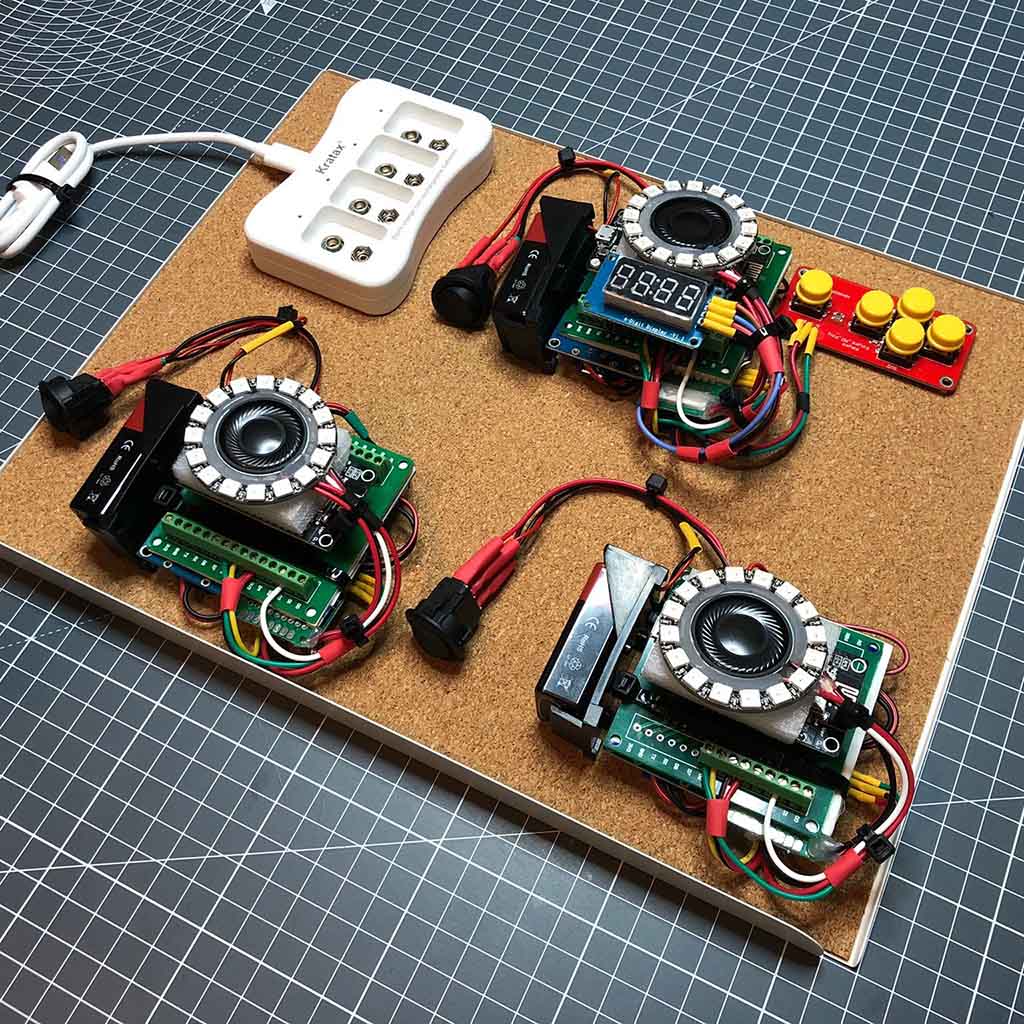
Electronic Product Design is a vital catalyst that transforms product ideas into best-selling, tangible products. At the intersection of electronics, software, and application development, our service navigates the complexities and pitfalls inherent in this process.
Whether a simple gadget or a sophisticated device intertwined with apps and software, our approach ensures that your product meets and surpasses market expectations.
Our Process
Conceptualisation and Electronics Integration
The first step in creating any standout electronic product is the conceptualisation phase, where creative ideas are grounded in the realities of electronic design. This stage was instrumental in striking a perfect balance between electronic needs and aesthetic design for our recent project on an innovative automatic coffee-making machine.
The process begins with thoroughly exploring the product’s intended functionality and target audience, leading to a detailed, precise project brief and specifications. For instance, a general desire for the machine to serve multiple cups of coffee after a dinner party is refined into more specific requirements, like a maximum brewing time of 90 seconds per cup.
This phase is characterised by close collaboration between product and electronics designers. It’s crucial to avoid overly complex specifications that could inflate the development budget or the unit cost, highlighting the importance of adhering to a minimum viable product approach.
Integrating sophisticated electronic components into an attractive design without sacrificing functionality presents a unique challenge. It’s a delicate balance where size, shape, and user interface are vital considerations. Design aspects such as button placement, screen integration, and battery compartment location are meticulously planned to complement the electronic architecture, ensuring harmony between form and function.
Prototyping and Iteration
Design theory meets the tangible world in the prototyping stage, transforming concepts into physical reality. This phase was particularly crucial for a recent coffee machine project, serving as the bridge from imagination to tangible functionality. The initial prototyping phase focuses on creating a basic functional model. This involved constructing a prototype for the coffee machine that embodied the core functions. We then subjected it to rigorous testing, gathering user feedback to guide further iterations. Only after thoroughly validating and refining the core functions did we advance to creating high-fidelity prototypes that mirrored the final product’s look and functionality. Implementing multiple rounds of software coding was essential to ensure the machine consistently delivered a perfect cup of coffee. Thanks to strategic planning, this software development was seamlessly integrated with the hardware development, significantly shortening the overall project timeline.
This stage is inherently iterative, with each prototype version providing valuable feedback that informs subsequent improvements. Regular adjustments are a norm as the realities of electronic component sizes, heat management, and user interaction emerge. The aim is to evolve the prototype to meet technical specifications and resonate with the intended user experience. The coffee machine project focused on balancing a compact design and adequate heat and steam dissipation. Waterproofing, cleaning cycles, and mechanical systems such as flow valve control, all intricately interwoven with the electronics, were paramount in this development phase. This required a collaborative effort between designers and engineers to ensure that the product’s functionality and user experience were in perfect harmony.
Final Design and Production Preparation
Reaching the final design and gearing up for production marks the final lap of the Electronic Product Design process. This stage is pivotal, focusing on refining the design for manufacturability while maintaining a keen eye on cost-effectiveness. It’s about perfecting the layout to ensure it’s ready for production and in tune with the practicalities of manufacturing processes and budget constraints.
Critical decisions regarding materials, manufacturing techniques, and component sourcing are made in this phase. The objective is to guarantee that the final product can be mass-produced without compromising the original design ethos and functionality. The Time-O-stat project entailed finalising a layout that facilitated efficient assembly – a critical aspect considering its UK-based manufacturing. The focus was also on minimising costly components, ensuring the product’s affordability, longevity, and reliability.
This three-tiered process – beginning with conceptualisation, moving through prototyping, and culminating in final design and production preparation – is a testament to our dedication to excellence in Electronic Product Design. It illustrates our unwavering commitment to creating products that break new ground in innovation and functionality and are visually striking and financially sound. Each project we undertake is a reaffirmation of our ability to skilfully navigate the complex journey of electronic product design, delivering solutions that set industry benchmarks.
Integrated Design Approach
Our Electronic Product Design thrives on an Integrated Design Approach, a strategy that perfectly marries the complexity of electronic functionality with the finesse of aesthetic design. This approach was brilliantly implemented in the development of a new gaming controller. The challenge was to encapsulate sophisticated electronics in a compact and visually appealing design to gamers. For instance, the haptic feedback control stick’s intricate mechanics required a synergistic effort between the electronic engineer, the software programmer, and the product designer. This collaboration was vital in achieving the right tactile response and “feel” of the control elements.
Our team worked in unison, ensuring that every component was aligned perfectly, from the smallest resistor to the overall form factor. The outcome was a controller offering feedback and resistance comparable to well-known market leaders. This integrated approach guarantees that our products are not just technologically superior but also strike a chord with consumers on an aesthetic and emotional level.
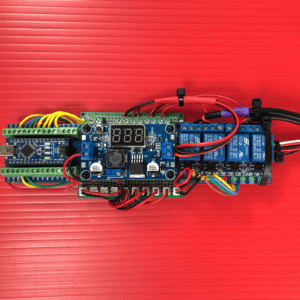
Cost-Effective Design Solutions
In the highly competitive realm of electronic products, cost-effectiveness is paramount. Our Electronic Product Design is focused on delivering innovative, economically sound solutions. The Time-O-stat project exemplifies this commitment. We reduced production costs through strategic component selection and design optimisation for efficient assembly without sacrificing quality or functionality. This intelligent design approach enabled Time-O-stat to be competitively priced, maintaining high profit margins despite its UK manufacturing origin. Our commitment to cost-effectiveness permeates our design process, ensuring that each product balances innovation, quality, and affordability.
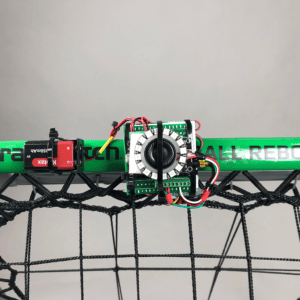
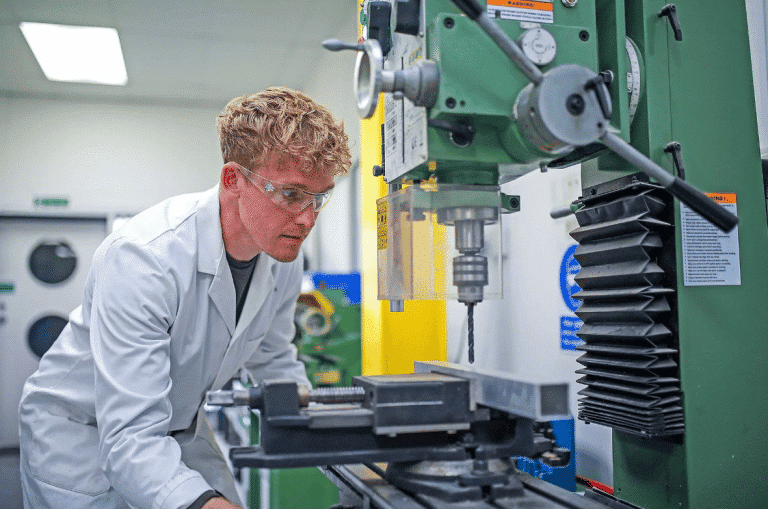
User-Centric and Durable Designs
User-centricity and durability form the core of our Electronic Product Design ethos. Our designs are meticulously crafted to not only fulfil functional requirements but also to elevate the user experience. The development of the Time-O-stat serves as a prime example. The goal was to create an intuitive and durable product for diverse users in settings like student accommodations. The design team focused on intuitive usability with precise and accessible controls and a robust build to endure frequent use.
This user-focused approach ensures our products are technically sound and offer an enriching user experience. Durability is also critical, as we understand the importance of product longevity in maintaining customer satisfaction and brand integrity. Our products are designed to last, blending high-quality materials with resilient construction to withstand daily use.
Our Electronic Product Design service is a unique amalgamation of integrated design, cost-effective solutions, and user-centric durability. Each project we undertake is a testament to our unwavering commitment to these principles, ensuring we deliver products that meet and exceed our clients’ design, functionality, and market viability expectations.
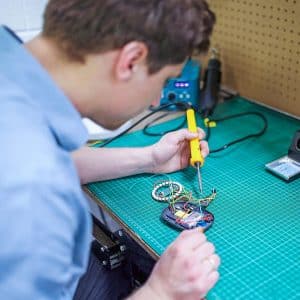
FAQs
What is electronics product design?
Electronic product design is creating and developing products that incorporate electronic components. This discipline combines electrical engineering, industrial design, and user experience to produce functional, aesthetically pleasing, and user-friendly electronic devices. It involves everything from conceptualising and designing the electronic circuitry to integrating these components into a coherent, attractive physical form that meets the end-user’s needs.
Why is specialised expertise needed for electronics product design?
Specialised expertise is crucial in electronics product design due to the complex interplay between electronic functionality and product form. It requires a deep understanding of electronic engineering principles, including circuit design, power management, signal integrity, industrial design, and user experience proficiency. This specialised knowledge ensures the final product functions correctly electronically and meets the user’s ergonomic, aesthetic, and practical needs.
What are the key stages in electronics product design?
The key stages in electronics product design typically include:
- Conceptualisation: Defining the product idea and its functionality.
- Design and Integration: Developing and integrating the electronic circuitry with the product design, considering aesthetics and functionality.
- Prototyping and Testing: Building prototypes to test and refine the electronic and physical design.
- Final Design and Production Preparation: Finalising the design for manufacturability, ensuring that the product can be efficiently and cost-effectively produced.
Who should be involved in the electronics product design process?
Electronic product design significantly impacts manufacturing costs in several ways:
- Component Selection: Choosing cost-effective components without compromising functionality can reduce material costs.
- Design for Manufacturability: Simplifying the design can reduce production complexities, thus lowering assembly costs.
- Efficient Use of Materials: Optimising the design to use fewer or less expensive materials can decrease costs.
- Scalability: Designing with scalability in mind ensures that costs decrease as production volume increases.
- Reliability: A well-designed product reduces the likelihood of returns and repairs, indirectly reducing overall costs.
How does electronics product design affect manufacturing costs?
Electronic product design significantly impacts manufacturing costs in several ways:
- Component Selection: Choosing cost-effective components without compromising functionality can reduce material costs.
- Design for Manufacturability: Simplifying the design can reduce production complexities, thus lowering assembly costs.
- Efficient Use of Materials: Optimising the design to use fewer or less expensive materials can decrease costs.
- Scalability: Designing with scalability in mind ensures that costs decrease as production volume increases.
- Reliability: A well-designed product reduces the likelihood of returns and repairs, indirectly reducing overall costs.
Overview of Electronics Product Design
In the dynamic world of technology, Electronic Product Design stands as a vital service that fuses advanced engineering with creative ingenuity. It could even be described as an intricate blend of science and art, where technical prowess meets aesthetic finesse and user-focused innovation but this might be slightly overstating things! But this service does require both engineering expertise and creativity to ensure excellent user experience, innovative functionality and appealing aesthetics. This realm often requires a diverse range of expertise, encompassing electronics developers, app developers, UI/UX specialists, and seasoned product designers. Each expert plays a pivotal role in ensuring the product excels in both functionality and design.
Collaborative Design Process: Electronic Product Design needs an interdisciplinary approach with excellent communication and diligent process. It’s about crafting solutions where form and function merge seamlessly. Our methodology, showcased in projects like Time-O-stat, hinges on this synergy. Here, the challenge was to embed sophisticated electronics into a design that was as intuitive as it was appealing. Most boiler thermostats never manage this with users endlessly being confused by the different settings and programs when they really want is hot water now! More about how this service helped develop this unique product later…
Space and Functionality Optimisation: Mastering the art of space efficiency in Electronic Product Design is a crucial endeavour, where the ingenuity lies in optimising spatial use without compromising functionality or aesthetic appeal. Our designs are often delicate balance. For example, in developing Time-O-stat, a sophisticated boiler controller, we integrated essential electronic components into a sleek, user-friendly design. The client’s vision of a compact, streamlined product had to be realised without sacrificing the integrity of crucial elements like antennas, relays and battery housings. This intricate process involved arranging each component, from PCBs to interactive elements such as buttons and displays, to achieve a harmonious blend of form, function, and manufacturing efficacy. It could be compared to a complex 3D jigsaw puzzle! Our exploration of diverse component configurations led us to an optimal layout that met and exceeded expectations.
Designed for Manufacturability: A cornerstone of our Electronic Product Design service is the emphasis on manufacturability. Our goal is to create products that break new ground in user experience and innovation and are economically viable to produce. This means astutely planning the layout and connectivity of electronic PCBs to streamline assembly and reduce production costs. The ideal scenario involves a design where all components are integrated into a single PCB, eliminating the need for additional wiring, individual component soldering, or manual assembly. Achieving this level of design efficiency while maintaining a user-friendly and visually appealing product is a challenge we embrace. In our work on Time-O-stat, for instance, we successfully mounted nearly all components onto a single PCB, significantly reducing assembly complexity and cost. Our thoughtful design of the screen and buttons further streamlined the assembly process and enhanced product durability.
Ergonomics and Aesthetics: Our commitment to Electronic Product Design extends beyond electronic functionality to encompass ergonomics and aesthetics. Our product designers prioritise user-centric designs, ensuring each product is functionally proficient, visually engaging and comfortable to interact with. We collaborate with trusted electronics partners or are open to working with your in-house or chosen external teams to ensure the perfect blend of technical and aesthetic excellence.
End-to-End Service: We offer a comprehensive service covering every development process, from the initial concept to the final, production-ready design. Our clients benefit from:
- Extensive support throughout the design and development stages
- Assured precision and attention to detail in every phase
- Unwavering commitment to quality and functionality
Our Electronic Product Design service embodies our dedication to excellence. We unite top-notch electronics with innovative product design to create solutions that are efficient and beautiful and set new standards in the market. Each project we undertake is a unique opportunity to demonstrate our prowess in transforming complex requirements into successful, market-leading products.